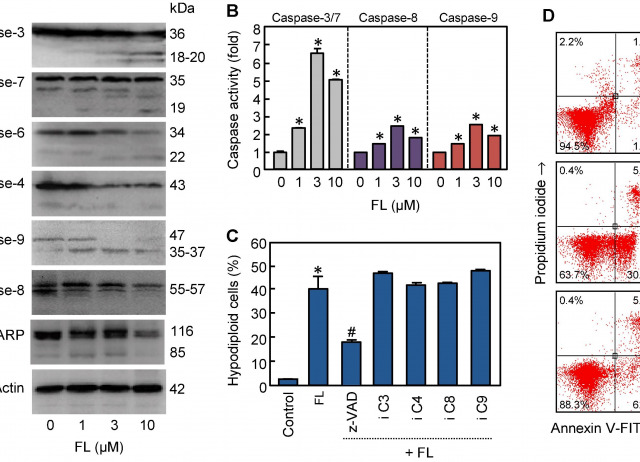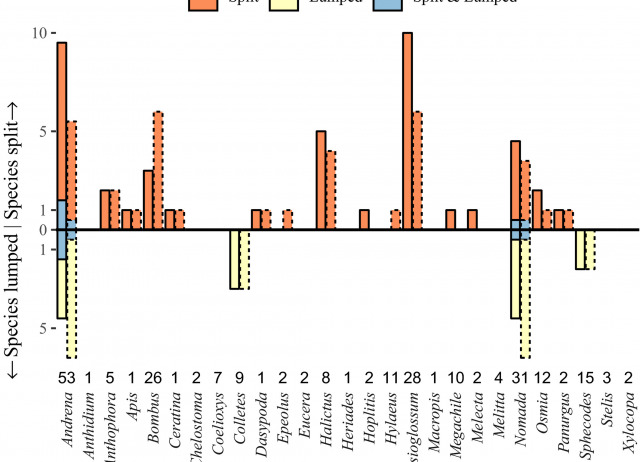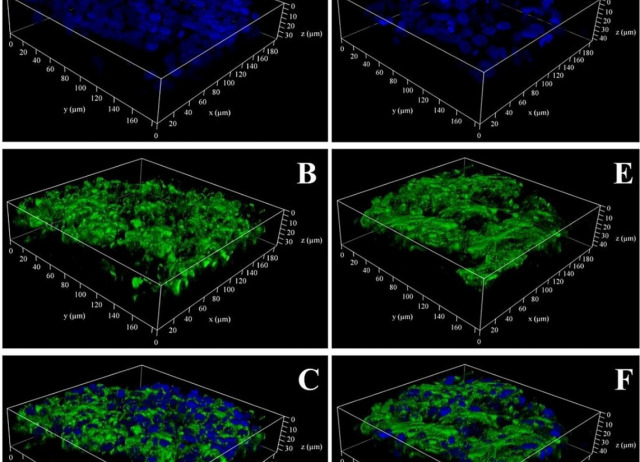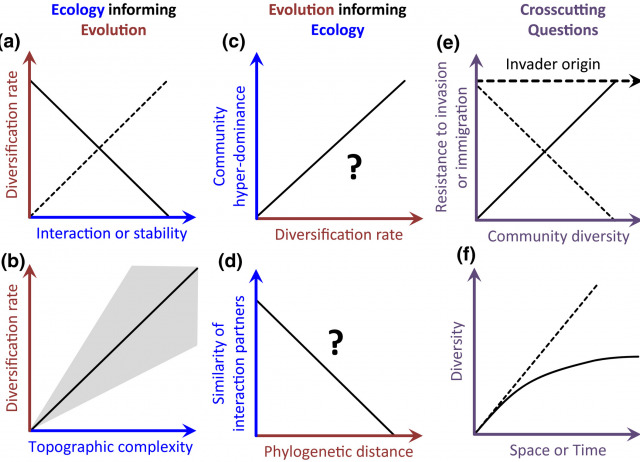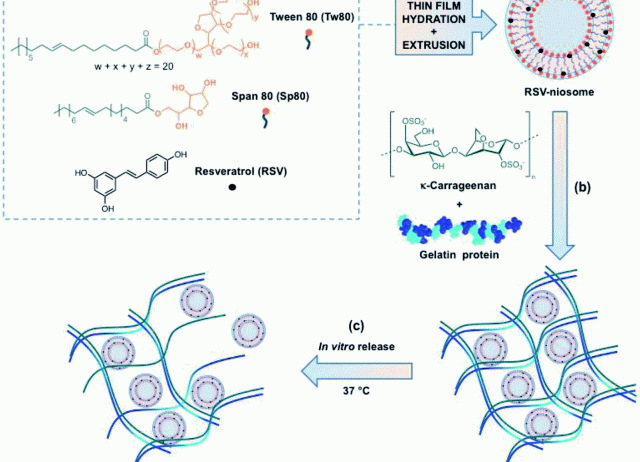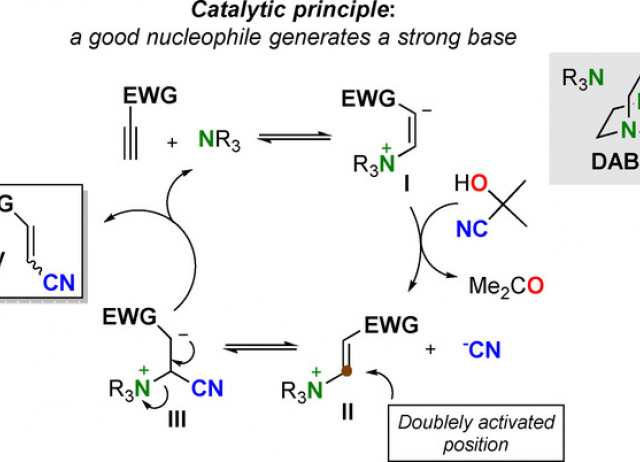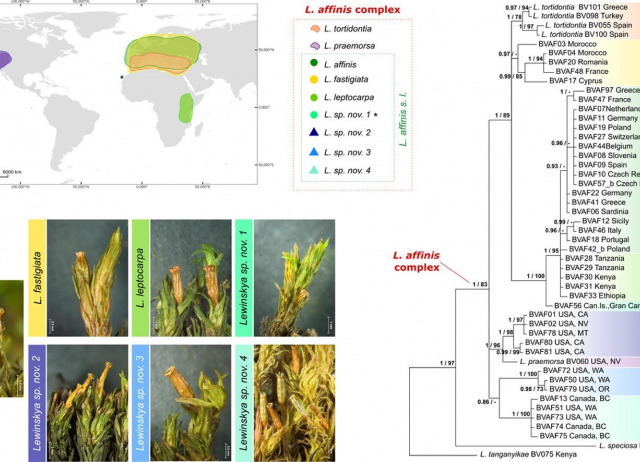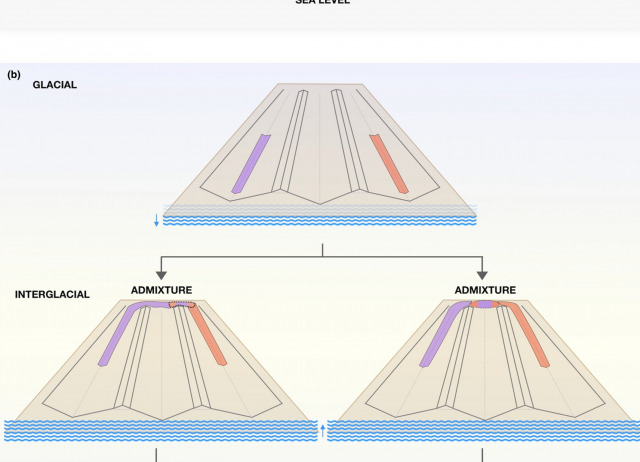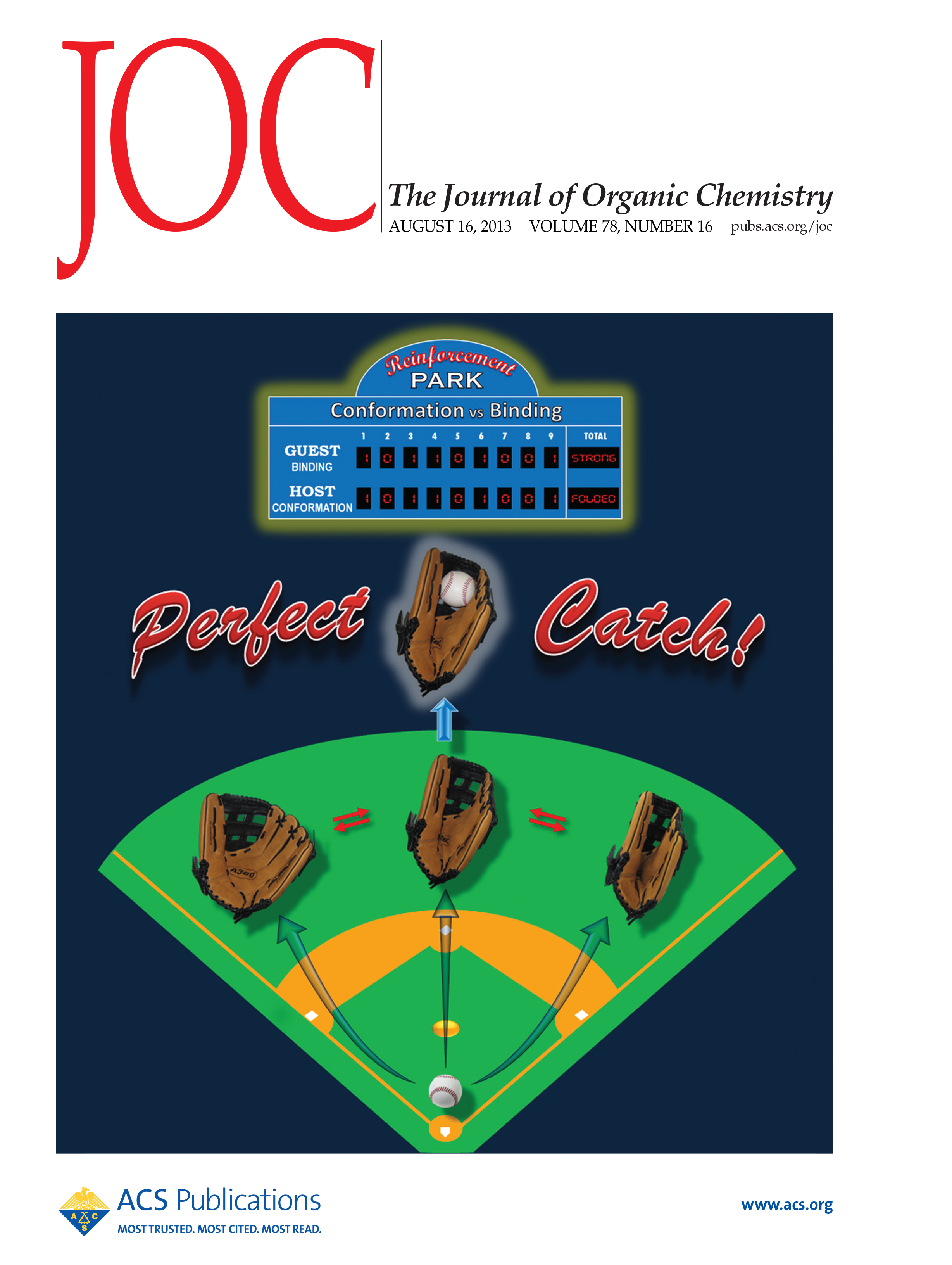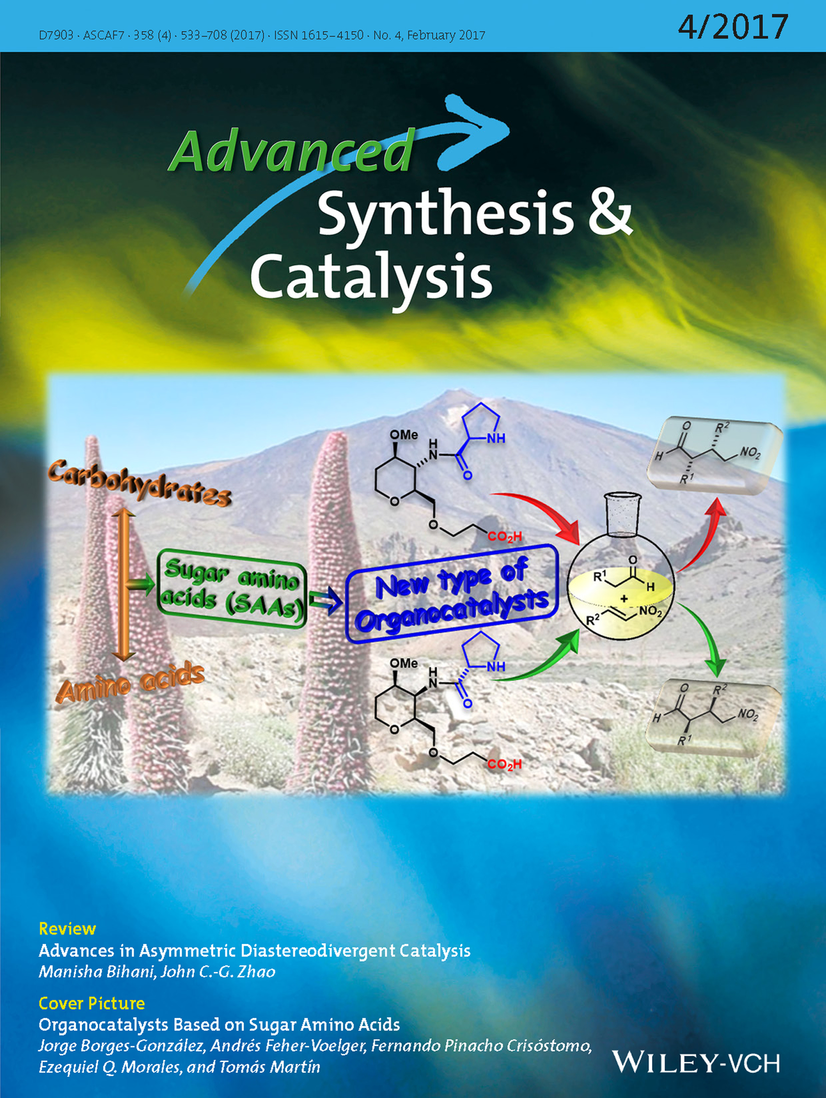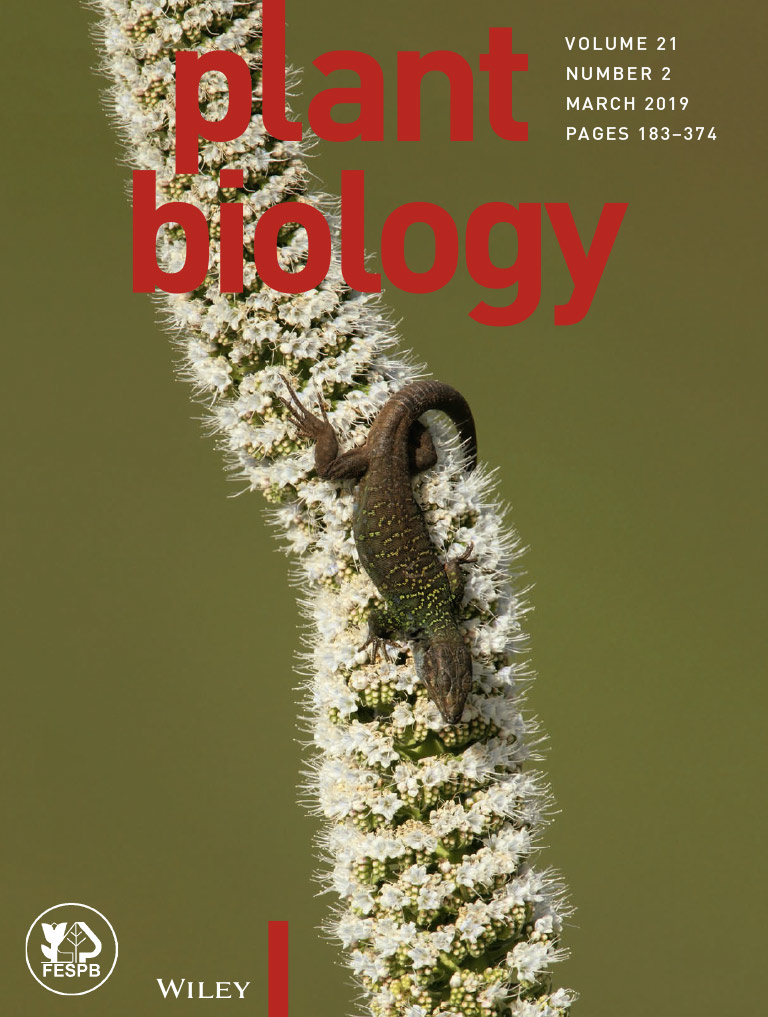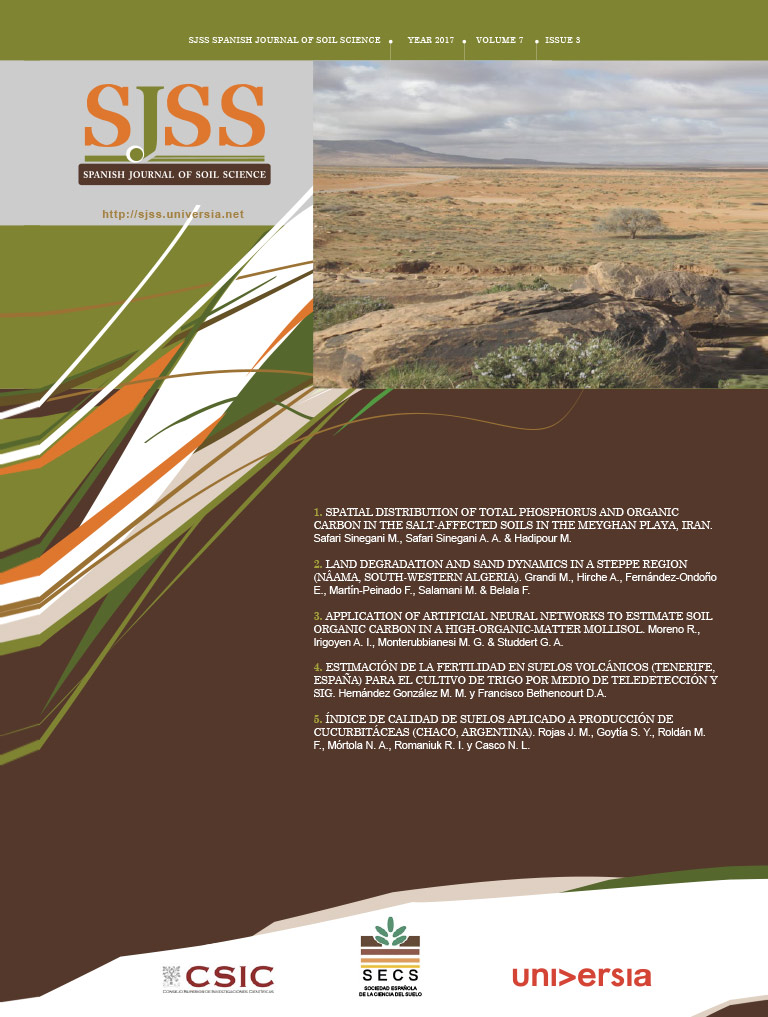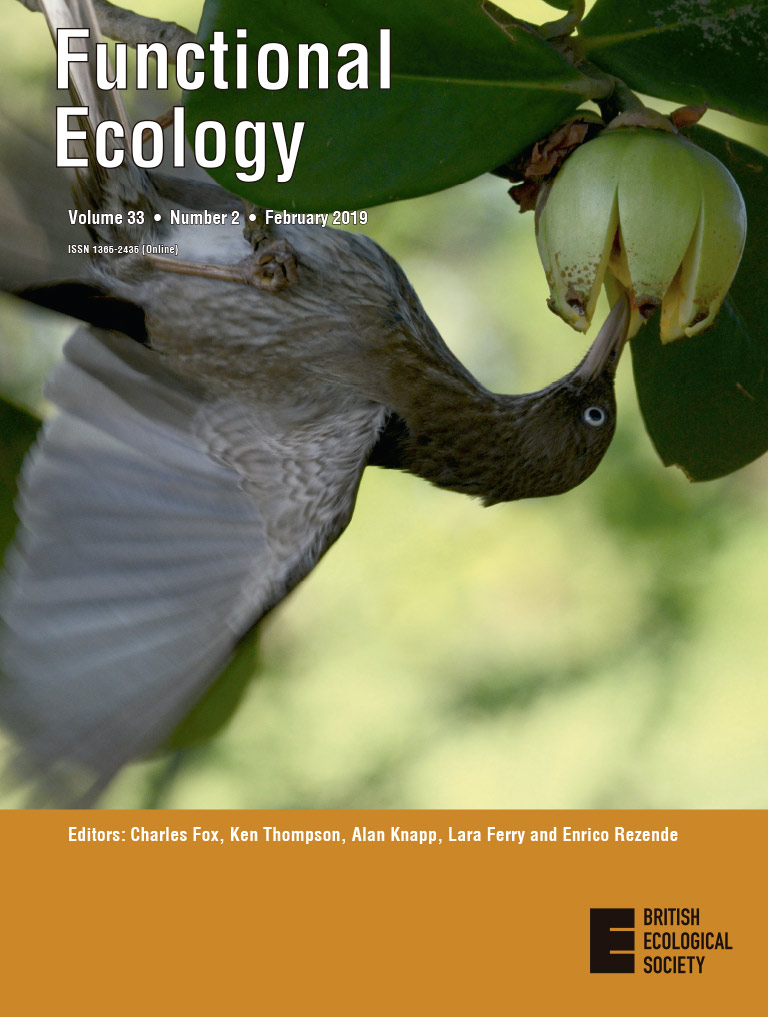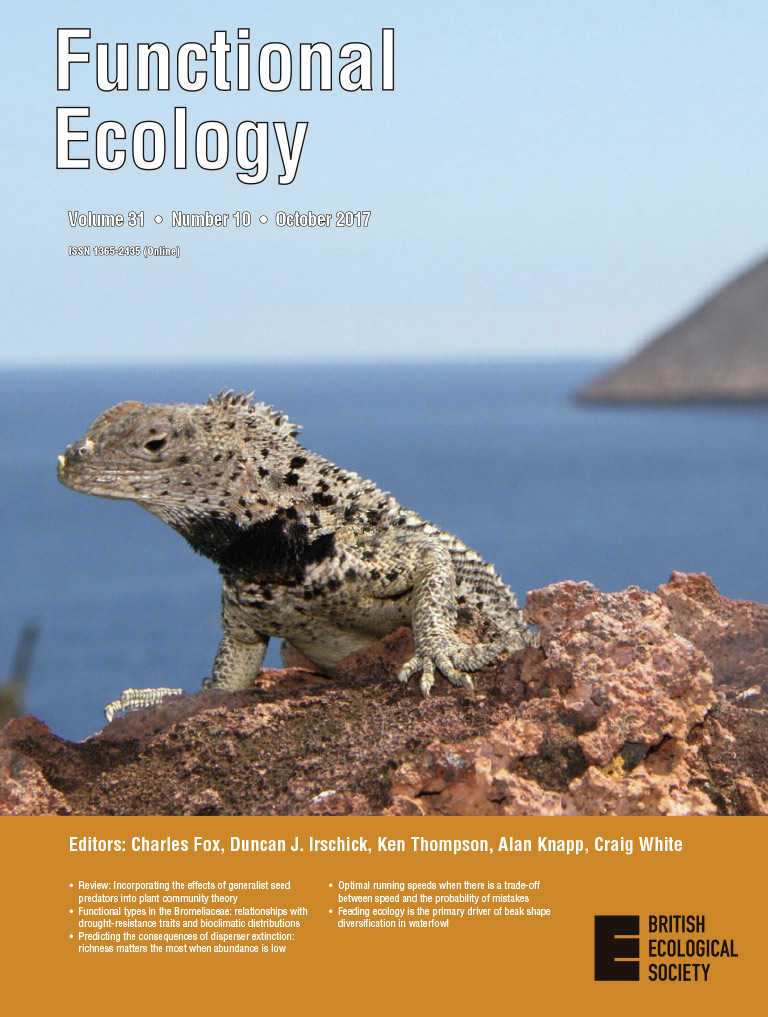Publications
This section includes a list of the latest IPNA scientific articles published in journals included in the Science Citation Index (SCI).
In DIGITAL.CSIC, institutional repository of the CSIC, you can find the complete list of scientific articles since 1962, as well as other collections of interest such as congresses, theses, books, informative material, etc. of the centre. The aim of DIGITAL.CSIC is to organize, preserve and disseminate in open access the results of our research.
In the institutional repository of the CSIC, you can find the complete list of scientific articles, as well as other collections of interest such as congresses, theses, books, informative material, etc.
Analysis of the IPNA 2014-2019 Scientific Production: bibliometric analysis from data collected in Scopus and Web of Science.

The synthetic flavanone 6-methoxy-2-(naphthalen-1-yl)chroman-4-one induces apoptosis and activation of the MAPK pathway in human U-937 leukaemia cells
Synthetic flavonoids containing a naphthalene ring have attracted attention as potential cytotoxic compounds. Here, we synthesized ten chalcones and their corresponding flavanones and evaluated their antiproliferative activity against the human tumour cell line U-937. This series of chalcone derivatives was characterized by the presence of a naphthalene ring which was kept unaltered- and attached to the β carbon of the 1-phenyl-2-propen-1-one framework. The structure-activity relationship of these chalcone derivatives and their corresponding cyclic compounds was investigated by the introduction of different substituents (methyl, methoxy, benzyloxy, chlorine) or by varying the position of the methoxy or benzyloxy groups on the A ring. The results revealed that both the chalcone containing the methoxy group at 5′ position of the A ring as well as its corresponding flavanone [6-methoxy-2-(naphthalen-1-yl)chroman-4-one] were the most cytotoxic compounds, with IC50 values of 2.8 ± 0.2 and 1.3 ± 0.2 μM, respectively, against U-937 cells. This synthetic flavanone was as cytotoxic as the antitumor etoposide in U-937 cells and displayed strong cytotoxicity against additional human leukaemia cell lines, including HL-60, MOLT-3 and NALM-6. Human peripheral blood mononuclear cells were more resistant than leukaemia cells to the cytotoxic effects of the flavanone. Treatment of U-937 cells with this compound induced G2-M cell cycle arrest, an increase in sub-G1 ratio and annexin-V positive cells, mitochondrial cytochrome c release, caspase activation and poly(ADP-ribose)polymerase processing. Apoptosis induction triggered by this flavonoid was blocked by overexpression of the anti-apoptotic protein Bcl-2. This flavanone induces phosphorylation of p38 mitogen-activated protein kinases, extracellular-signal regulated kinases and c-jun N-terminal kinases/stress-activated protein kinases (JNK/SAPK) following different kinetics. Moreover, cell death was attenuated by the inhibition of mitogen-activated extracellular kinases and JNK/SAPK and was independent of reactive oxygen species generation.
Saavedra, Ester; Del Rosario, Henoc; Brouard, Ignacio; Hernández-Garcés, Judith; García, Celina; Quintana, José; Estévez, Francisco
Impacts of Desert Dust Outbreaks on Air Quality in Urban Areas
Air pollution has many adverse effects on health and is associated with an increased risk of mortality. Desert dust outbreaks contribute directly to air pollution by increasing particulate matter concentrations. We investigated the influence of desert dust outbreaks on air quality in Santa Cruz de Tenerife, a city located in the dust export pathway off the west coast of North Africa, using air-quality observations from a six-year period (2012–2017). During winter intense dust outbreaks PM 10 mean (24-h) concentrations increased from 14 μ g m −3 to 98 μ g m −3 , on average, and PM 2.5 mean (24-h) concentrations increased from 6 μ g m −3 to 32 μ g m −3 . Increases were less during summer outbreaks, with a tripling of PM 10 and PM 2.5 daily mean concentrations. We found that desert dust outbreaks reduced the height of the marine boundary layer in our study area by >45%, on average, in summer and by ∼25%, on average, in winter. This thinning of the marine boundary layer was associated with an increase of local anthropogenic pollution during dust outbreaks. NO 2 and NO mean concentrations more than doubled and even larger relative increases in black carbon were observed during the more intense summer dust outbreaks; increases also occurred during the winter outbreaks but were less than in summer. This has public health implications; local anthropogenic emissions need to be reduced even further in areas that are impacted by desert dust outbreaks to reduce adverse health effects.
Milford, C.; Cuevas, E.; Marrero, Carlos L.; Bustos, J. J.; Gallo, Víctor; Rodríguez, Sergio; Romero-Camos, Pedro M.; Torres, Carlo
A validated workflow for rapid taxonomic assignment and monitoring of a national fauna of bees (Apiformes) using high throughput DNA barcoding
Improved taxonomic methods are needed to quantify declining populations of insect pollinators. This study devises a high-throughput DNA barcoding protocol for a regional fauna (United Kingdom) of bees (Apiformes), consisting of reference library construction, a proof-of-concept monitoring scheme, and the deep barcoding of individuals to assess potential artefacts and organismal associations. A reference database of cytochrome oxidase c subunit 1 (cox1) sequences including 92.4% of 278 bee species known from the UK showed high congruence with morphological taxon concepts, but molecular species delimitations resulted in numerous split and (fewer) lumped entities within the Linnaean species. Double tagging permitted deep Illumina sequencing of 762 separate individuals of bees from a UK-wide survey. Extracting the target barcode from the amplicon mix required a new protocol employing read abundance and phylogenetic position, which revealed 180 molecular entities of Apiformes identifiable to species. An additional 72 entities were ascribed to nuclear pseudogenes based on patterns of read abundance and phylogenetic relatedness to the reference set. Clustering of reads revealed a range of secondary operational taxonomic units (OTUs) in almost all samples, resulting from traces of insect species caught in the same traps, organisms associated with the insects including a known mite parasite of bees, and the common detection of human DNA, besides evidence for low-level cross-contamination in pan traps and laboratory procedures. Custom scripts were generated to conduct critical steps of the bioinformatics protocol. The resources built here will greatly aid DNA-based monitoring to inform management and conservation policies for the protection of pollinators.
Creedy, Thomas J.; Norman, Hannah; Tang, Cuong Q.; Qing Chin, Kai; Andujar, Carmelo; Arribas, Paula; O'Connor, Rory S.; Carvell, Claire; Notton, David G.; Vogler, Alfred P.
Biopolymer/Glycopolypeptide-Blended Scaffolds: Synthesis, Characterization and Cellular Interactions
Three-dimensional (3D) scaffolds formed from natural biopolymers gelatin and chitosan that are chemically modified by galactose have shown improved hepatocyte adhesion, spheroid geometry and functions of the hepatocytes. Galactose specifically binds to the hepatocytes via the asialoglycoprotein receptor (ASGPR) and an increase in galactose density further improves the hepatocyte proliferation and functions. In this work, we aimed to increase the galactose density within the biopolymeric scaffold by physically blending the biopolymers chitosan and gelatin with an amphiphlic β-galactose polypeptide (PPO-GP). PPO-GP, is a di-block copolymer with PPO and β-galactose polypeptide, exhibits lower critical solution temperature and is entrapped within the scaffold through hydrophobic interactions. The uniform distribution of PPO-GP within the scaffold was confirmed by fluorescence microscopy. SEM and mechanical testing of the hybrid scaffolds indicated pore size, inter connectivity and compression modulus similar to the scaffolds made from 100 % biopolymer. The presence of the PPO-GP on the surface of the scaffold was tested monitoring the interaction of an analogous mannose containing PPO-GP scaffold and the mannose binding lectin Con-A. In vitro cell culture experiments with HepG2 cells were performed on GLN-GP and CTS-GP and their cellular response was compared with GLN and CTS scaffolds for a period of seven days. Within three days of culture the Hep G2 cells formed multicellular spheroids on GLN-GP and CTS-GP more efficiently than on the GLN and CTS scaffolds. The multicellular spheroids were also found to infiltrate more in GLN-GP and CTS-GP scaffolds and able to maintain their round morphology as observed by live/dead and SEM imaging.
Dhaware, Vinita; Díaz Díaz, David ; Sen Gupta, Sayem
Heritage in danger. The collapse of commercial archaeology in Spain
As in most European countries and elsewhere, Spanish commercial archaeology is a business model based on the theoretical and technical principles of safeguarding heritage that thrived during the 1990s and 2000s. However, nearly half of the Spanish archaeological companies closed by 2014, stressing the drama associated with the redundancy of its workforce in a mere five-year period and the threat to heritage protection and management. The current context of global crisis has impacted this sector, which is on the brink of extinction. This emphasizes the need for a new paradigm of archaeological heritage management in the 21st century. This breakdown calls into question the extent to which archaeology can generate initiatives of sustainable heritage management. By analysing data derived from an empirical study of Spanish archaeological companies between 2009 and 2017, this paper explores the underlying factors behind the collapse of commercial archaeology. In doing so, it contributes to the current global debate about the future possibilities of heritage management in a post-industrial context.
Parga Dans, Eva
Unifying macroecology and macroevolution to answer fundamental questions about biodiversity
The study of biodiversity started as a single unified field that spanned both ecology and evolution and both macro and micro phenomena. But over the 20th century, major trends drove ecology and evolution apart and pushed an emphasis towards the micro perspective in both disciplines. Macroecology and macroevolution re-emerged as self-consciously distinct fields in the 1970s and 1980s, but they remain largely separated from each other. Here, we argue that despite the challenges, it is worth working to combine macroecology and macroevolution. We present 25 fundamental questions about biodiversity that are answerable only with a mixture of the views and tools of both macroecology and macroevolution.
McGill, Brian J.; Chase, Jonathan M.; Hortal, Joaquín ; Overcast, Isaac; Rominger, Andrew J.; Rosindell, James; Borges, Paulo A.V.; Emerson, Brent C.; Etienne, Rampal; Hickerson, Michael J.; Mahler, D.Luke; Massol, Francois; McGaughran, Angela; Neves, Pedro; Parent, Christine; Patiño, Jairo; Ruffley, Megan; Wagner, Catherine E.; Gillespie, Rosemary
Niosomes encapsulated in biohydrogels for tunable delivery of phytoalexin resveratrol
A series of biohydrogels based on mixtures of kappa-carrageenan (κ-carrageenan, κ-C) and gelatin were evaluated as potential soft delivery vehicles for the encapsulation and subsequent release of non-ionic surfactant vesicles (niosomes) loaded with resveratrol (RSV). The niosomes were prepared using a mixture of amphiphilic lipids Tween 80 and Span 80 in water. The results showed that RSV-niosomes did not significantly affect the hydrogelation properties of the biopolymer mixture. Moreover, in vitro drug release experiments from biohydrogels containing RSV-niosomes were successfully carried out under simulated gastrointestinal conditions. The RSV-niosomal liberation profiles from hydrogels were fitted using first order kinetics, Higuchi, Korsmeyer-Peppas and Weibull drug release models, showing the prevalence of diffusion mechanisms in each case. In addition, the RSV release was easily tuned by adjusting the total concentration of κ-C : gelatin. Interestingly, the niosomal-hydrogel system was also found to prevent the trans-to-cis photoisomerization of RSV.
Machado, Noelia D.; Fernández, Mariana A.; Häring, Marleen; Saldías, César; Díaz Díaz, David
Catalytic Hydrocyanation of Activated Terminal Alkynes
A universal, practical and scalable organocatalytic hydrocyanation manifold to provide ß¿substituted acrylonitriles bearing an electron¿withdrawing functionality has been implemented. The catalytic manifold operates under the reactivity generation principle ¿a good nucleophile generates a strong base¿, and it uses 1,4¿diazabicyclo[2.2.2]octane (DABCO) as the catalyst, activated terminal alkynes as substrates and acetone cyanohydrin as the cyanide source. The acrylonitriles obtained as E,Z mixtures are straightforwardly resolved by simple flash chromatography delivering the pure isomers in preparative amounts.
Tejedor, David ; Delgado-Hernández, Samuel; Colella, Lucía; García-Tellado, Fernando
Do mosses really exhibit so large distribution ranges? Insights from the integrative taxonomic study of the Lewinskya affinis complex (Orthotrichaceae, Bryopsida)
The strikingly lower number of bryophyte species, and in particular of endemic species, and their larger distribution ranges in comparison with angiosperms, have traditionally been interpreted in terms of their low diversification rates associated with a high long-distance dispersal capacity. This hypothesis is tested here with Lewinskya affinis (≡ Orthotrichum affine), a moss species widely spread across Europe, North and East Africa, southwestern Asia, and western North America. We tested competing taxonomic hypotheses derived from separate and combined analyses of multilocus sequence data, morphological characters, and geographical distributions. The best hypothesis, selected by a Bayes factor molecular delimitation analysis, established that L. affinis is a complex of no less than seven distinct species, including L. affinis s.str., L. fastigiata and L. leptocarpa, which were previously reduced into synonymy with L. affinis, and four new species. Discriminant analyses indicated that each of the seven species within L. affinis s.l. can be morphologically identified with a minimal error rate. None of these species exhibit a trans-oceanic range, suggesting that the broad distributions typically exhibited by moss species largely result from a taxonomic artefact. The presence of three sibling western North American species on the one hand, and four Old World sibling species on the other, suggests that there is a tendency for within-continent diversification rather than recurrent dispersal following speciation. The faster rate of diversification as compared to intercontinental migration reported here is in sharp contrast with earlier views of bryophyte species with wide ranges and low speciation rates.
Vigalondo, B.; Garilleti, R.; Vanderpoorten, A.; Patiño, Jairo; Draper, I.; Calleja, J.A.; Mazimpaka, V.; Lara, F.
A topoclimate model for Quaternary insular speciation
[Aim]: Understanding the drivers of speciation within islands is key to explain the high levels of invertebrate diversification and endemism often observed within islands. Here, we propose an insular topoclimate model for Quaternary diversification (ITQD), and test the general prediction that, within a radially eroded conical island, glacial climate conditions facilitate the divergence of populations within species across valleys. [Location]: Gran Canaria, Canary Islands. [Taxon]: The Laparocerus tessellatus beetle species complex (Coleoptera, Curculionidae). [Methods]: We characterize individual-level genomic relationships using single nucleotide polymorphisms produced by double-digest restriction site associated DNA sequencing (ddRAD-seq). A range of parameter values were explored in order to filter our data. We assess individual relatedness, species boundaries, demographic history and spatial patterns of connectivity. [Results]: The total number of ddRAD-seq loci per sample ranges from 4,576 to 512, with 11.12% and 4.84% of missing data respectively, depending on the filtering parameter combination. We consistently infer four genetically distinct ancestral populations and two presumed cases of admixture, one of which is largely restricted to high altitudes. Bayes factor delimitation support the hypothesis of four species, which is consistent with the four inferred ancestral gene pools. Landscape resistance analyses identified genomic relatedness among individuals in two out of the four inferred species to be best explained by annual precipitation during the last glacial maximum rather than geographic distance. [Main conclusions]: Our data reveal a complex speciation history involving population isolation and admixture, with broad support for the ITQD model here proposed. We suggest that further studies are needed to test the generality of our model, and enrich our understanding of the evolutionary process in island invertebrates. Our results demonstrate the power of ddRAD-seq data to provide a detailed understanding of the temporal and spatial dynamics of insular biodiversity.
García-Olivares, Victor; Patiño, Jairo; Overcast, Isaac; Salces-Castellano, Antonia; López de Heredia, Unai; Mora-Márquez, Fernando; Machado, Antonio; Hickerson, Michael J.; Emerson, Brent C.
